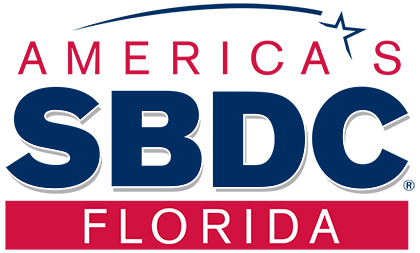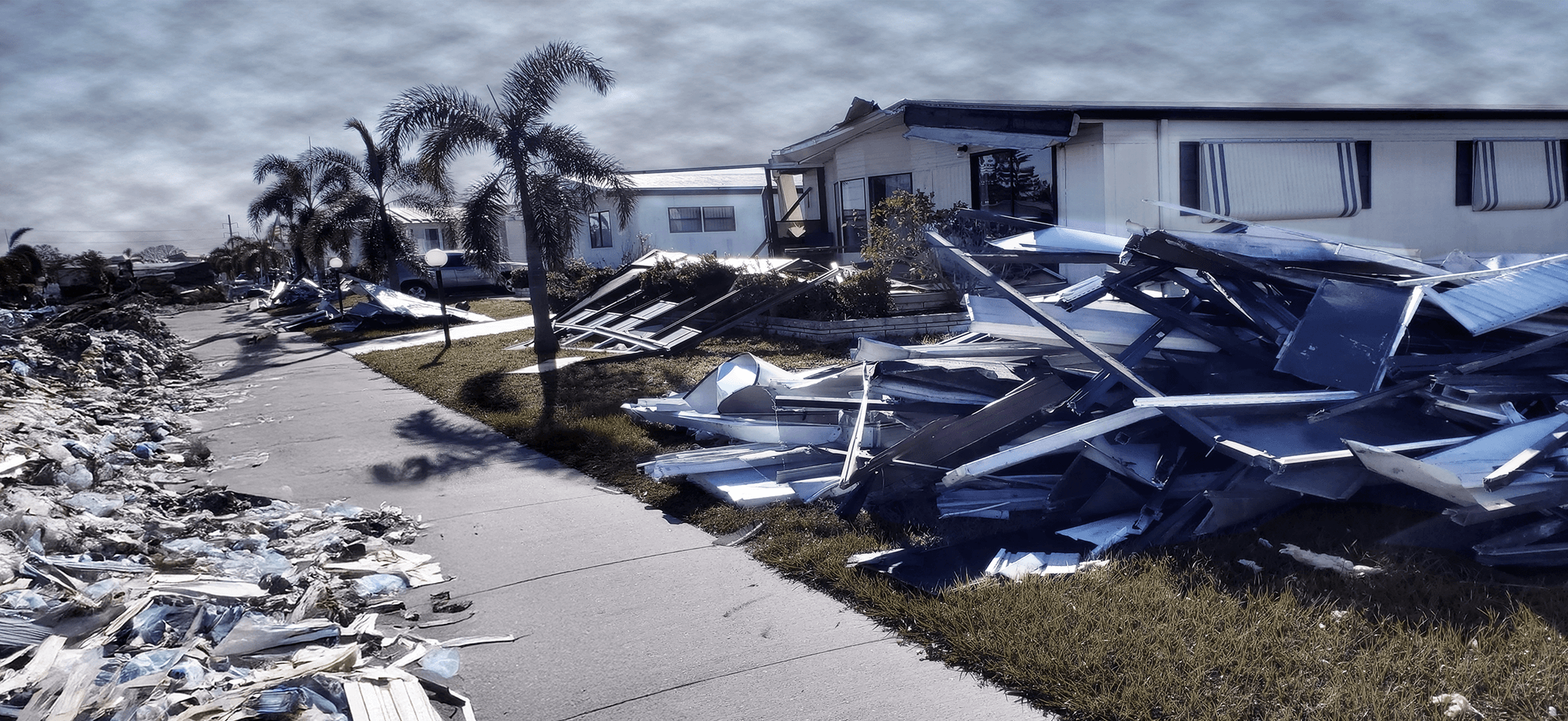The Key to Survival and Sustainability is PREPAREDNESS
Prepare Now — Protect Your Business This Hurricane Season.
If you’re a small business owner in Southwest Florida, the question isn’t if another storm will come, it’s when, and whether you’ll still be in business after it hits. According to FEMA, more than 60% of businesses lack an actionable Business Continuity Plan. As a consequence of this, a staggering 40% of businesses never reopen after a disaster—and an additional 25% close within one year. Don’t wait until a storm is on the horizon. The key to survival and sustainability is preparedness.
Every year, hurricanes threaten Florida’s communities—and small businesses are often the most vulnerable. The Florida SBDC at FGCU urges all Southwest Florida businesses to take action early and prepare now. A single disruption can damage inventory, interrupt operations, and even close doors for good.
If You’re Not Ready, You’re At Risk
This hurricane season, the Florida SBDC at FGCU is calling on all local business owners to take serious, immediate steps to protect your operations, your people, and your future.
What Should You Do Right Now?
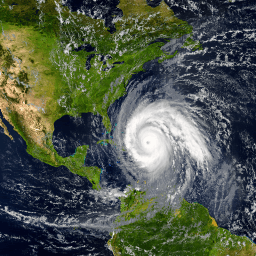
1. Create or update your Business Continuity Plan.
If a hurricane hits tonight, could your business operate tomorrow? Your plan should detail how you’ll maintain payroll, reach staff and customers, back up data, and restore operations quickly, even with no power or internet. Identify your critical operations, backup resources, and how to reach staff, customers, and suppliers when systems are down. Ensure emergency contacts and payroll plans are in place.
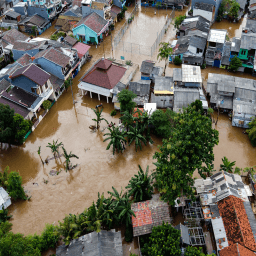
2. Harden your location.
Protect vital documents and equipment above flood level. Take exhaustive inventory photos for insurance purposes and anchor vulnerable structures before the storm, not after. Evaluate your building’s flood and wind risk, electrical vulnerabilities, and its structural readiness.
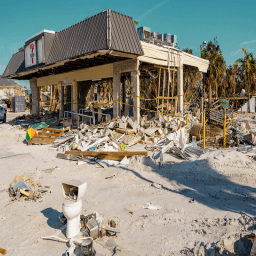
3. Prepare a business survival kit.
Not just food and batteries—include your insurance policies, financial records, contracts, and backup drives. Plan to operate without outside help for at least 7 days. This includes food, water, medication, first-aid, flashlights, batteries, chargers, and a NOAA weather radio. Prepare for at least 7 days without utilities.
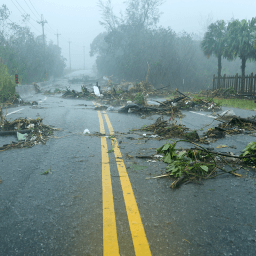
4. Train and inform your staff.
Make sure everyone knows evacuation routes, shelter locations, and their role in your emergency plan. Practice hurricane drills annually and keep printed copies of procedures on site. Conduct a drill now, not when winds are already rising.
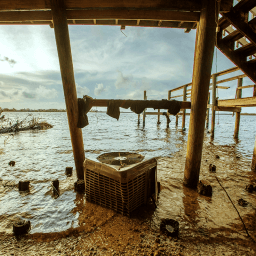
5. Stay connected to reliable alerts.
Download mobile alert apps, register for local emergency texts, and ensure at least one person is assigned to monitor forecasts and updates during every major storm event.
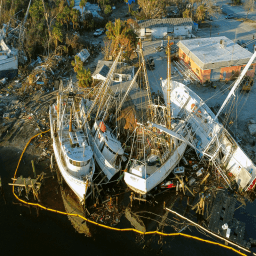
6. Secure your insurance coverage—before it’s too late.
If you don’t have flood insurance, you’re exposed. Standard business policies do not cover storm surge or rising water. Review your policies now, confirm coverage limits, and take updated photos of your property, inventory, and equipment.
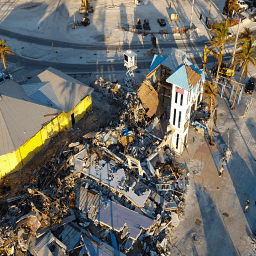
7. Identify alternate suppliers and backup vendors.
If your main distributor is in an evacuation zone, you’re already at risk. Build a list of alternate contacts outside the region. Pre-arrange supply chains to keep your business running even if your usual routes are flooded or shut down.

8. Prepare for a long-term disruption.
Don’t assume you’ll be back in business in a week. After Hurricane Ian, some companies were offline for months. Think through how you’ll sustain your payroll, communicate with clients, and manage orders if you’re forced to operate remotely, or not at all.
Download Your Free Toolkit:
Use this fillable, print-friendly guide to assess your risks, protect your team, and keep your business running during and after a storm.
COMING SOON
